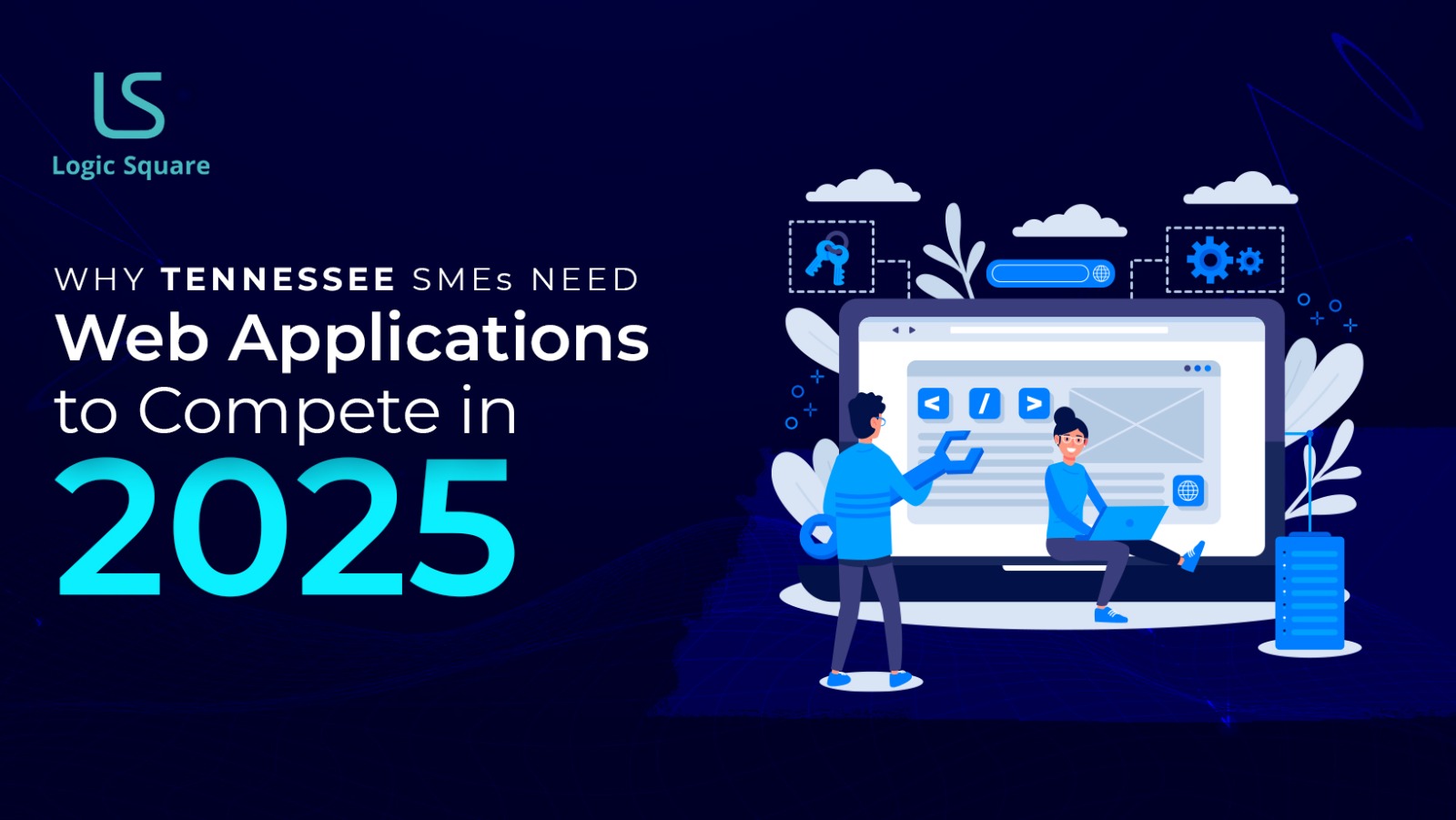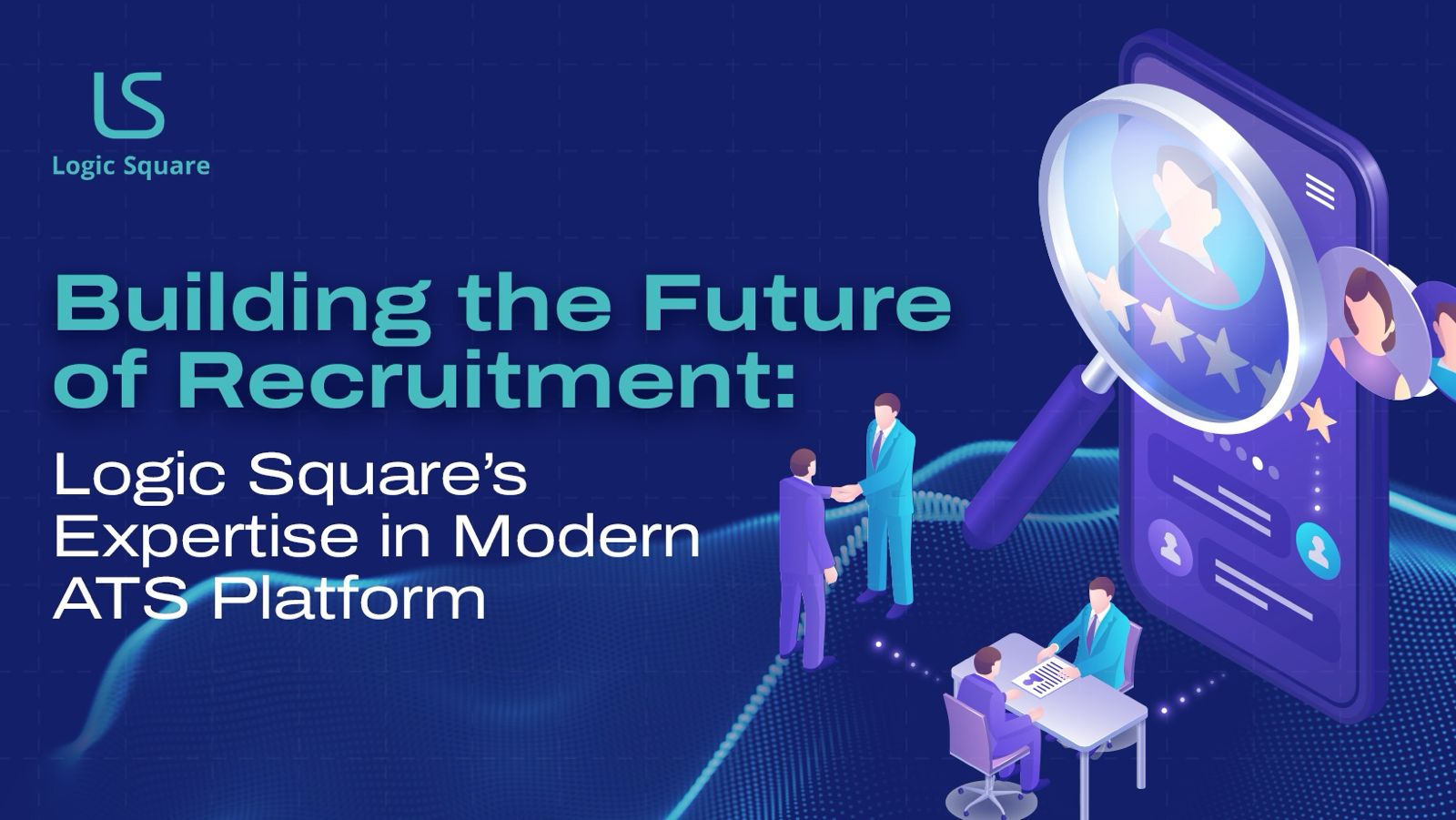Social apps in the age of hyperconnected reality are no longer a trend. They are the beating heart of digital entertainment. Platforms such as Instagram, Facebook, and X (Twitter) command billions of user hours monthly and transform how we communicate, collaborate, and consume content. Did you know that over 4.8 billion people use social media actively worldwide? And mobile apps account for more than 70% of their screen time.
Table of Contents
ToggleThus, it goes without saying, the opportunity to capture and retain attention through social app development has never been more lucrative and promising in all aspects. Now that you are all the more excited to delve deeper into the context, invest some time in reading this blog.
It walks you through the essentials of how to build a social app, from ideation and market research to tech stack selection and launch strategy to monetization. Whether you are an enterprise or a startup, this blog will help you gain actionable insights to launch your next big social platform.
Let’s go!
What is a Social App?
A social app or a social media application is basically a digital platform that allows users to create, share, and interact with content and connect with others online. These applications facilitate content sharing, communication, and networking among various individuals, businesses, and communities.
Additionally, these platforms often allow users to post text, photos, videos, and links. One can leverage such apps to interact with others through comments, likes, and shares as well. Several influencers worldwide use social media applications to monetize their content. Famous examples of social media apps include Facebook, Instagram, LinkedIn, YouTube, Twitter, and WhatsApp.
Why Invest in a Social App Today?
As the social media landscape continues to evolve rapidly, it’s giving rise to new behaviours and communities. Users are finally moving beyond broad platforms and are often seen to incline toward niche communities, audio-first platforms, and interest-driven networks.
This indicates there’s still enough room to embrace innovation in a saturated market, especially when you are dedicated to serving specific user needs with absolute value and authenticity.
Investing in social app development offers:
- High retention rates through community building
- Multiple monetization options: ads, subscriptions, in-app purchases
- Scalable business models that grow with user engagement
Successful Examples:
Types of Social Apps
Social Networking Apps
(Facebook, Instagram, etc.)
Community-Based Apps
(Reddit, Discord)
Dating Apps
(Tinder, Bumble)
Interest-Based Networks
Strava (fitness), Goodreads (books)
Professional Networks
(LinkedIn, Fishbowl)
For broad communication, photo/video sharing, and real-time engagement.
Focus on topic-specific discussions, forums, or chat rooms.
Matchmaking, swiping UX, interest-based connections.
Targeted around shared hobbies or goals.
Business connections, job listings, and mentorship.
Ideation & Market Validation
Before you write any code, make sure to consider these essential steps.
Step 1: Define Your Unique Value Proposition (UVP)
What problem are you solving that others aren’t?
Step 2: Analyze the Competition
Use tools like SimilarWeb and App Annie to audit your competitors.
Step 3: Identify Target Audience & Create User Personas
Who is your user? What are their pain points, goals, and behaviors?
Step 4: Validate with MVP or Prototyping Tools
Test your idea using platforms like Figma, Proto.io, or Bubble before full-scale development.
Must-Have Features of a Social App in 2025
Here’s a glimpse of the core and advanced features that will make a social app in 2025 relevant and useful.
Core Features:
- User Profiles – Personalization is key
- Feeds & Content Sharing – Central to community engagement
- Real-time Chat/Messaging
- Push Notifications – For re-engagement
- Privacy & Security Settings
Advanced Features:
- AI/ML-Powered Recommendations – Tailored content suggestions
- Live Streaming & Audio Rooms
- Moderation & Reporting Tools – Crucial for community safety
- Gamification – Points, streaks, badges
- Built-in Monetization – Tipping, digital gifts, subscriptions
UI/UX Design Considerations
A beautiful design alone won’t suffice when it comes to ensuring user retention. You need an intuitive and inclusive UX as well. Here are some best practices you can embrace for a smooth transition.
- Onboarding: Keep it short, engaging, and frictionless.
- Mobile-First Design: Optimize for thumb-friendly navigation
- Accessibility: Use readable fonts, contrast, and voice-enabled features.
The idea is to think beyond logos and focus on how your app feels. You must consider color psychology, iconography, and consistent tone as key aspects contributing to emotional connection.
Tech Stack & Architecture Planning
Choosing the right tech stack plays a crucial role when it comes to ensuring performance, scalability, and future-proofing. Here’s what you must know.
Frontend
- React Native, Flutter, or Swift for mobile apps.
Backend
- Node.js, Firebase, and GraphQL for real-time communication and flexible data handling.
Databases & Cloud
- MongoDB, PostgreSQL, AWS/Azure.
Real-time & Messaging
- WebSockets, Sendbird, PubNub.
Development Stages
Let’s dive deeper and take a look at the key essentials of the development process and the stages involved.
Stage 1: Roadmapping – Set priorities, timelines, and KPIs.
Stage 2: Wireframing & Prototyping – Validate workflows and design.
Stage 3: Agile Sprints – Build in iterations, with frequent user feedback.
Stage 4: Testing & QA – Cover performance, security, and user flows.
Stage 5: Deployment – Launch on iOS, Android, or web platforms.
Compliance, Privacy & Security
The aspects of compliance, privacy, and security are not optional. These are non-negotiable. Here’s everything you need to know.
- GDPR, CCPA, COPPA — Know your regional legal obligations
- Data Encryption & Secure Storage
- Abuse Reporting, User Blocking & Moderation Guidelines
Launch Strategy
Let’s segregate the launch strategy into three parts and elaborate on them.
Here you go.
Pre-launch
- Beta test with early users.
- Collaborate with micro-influencers.
- Optimize listings for App Store Optimization (ASO).
Launch Day
- Prepare your servers.
- Monitor metrics in real time.
- Have your support team ready.
Post-launch Growth
- Use referral incentives.
- Run retargeting campaigns.
- Implement in-app feedback loops for rapid iteration.
Maintenance, Updates & Scaling
The real work begins after launch. Here’s what you need to know in order to ensure streamlined maintenance, updates, and scaling.
- Track user behavior to guide feature improvements.
- Roll out updates regularly based on feedback.
- Plan for horizontal scaling to support growth.
Monetization Strategy
Your monetization should feel natural, not intrusive. Here are some strategies that might come into play.
- Ads & Sponsored Content
- Subscriptions & Freemium Tiers
- In-app Purchases – Emojis, profile boosts, premium access.
- Partnerships – Integrate with brands or affiliate tools.
Why Choose Logic Square Technologies for Social App Development?
We are not just another development agency; we are your partner. Here’s what our adept team brings to the table.
- Proven track record of building scalable social platforms
- Agile teams with full-stack expertise
- Custom engagement models to fit your budget and timeline
- Case studies from creators, startups, and global brands
Let’s bring your social app idea to life. Schedule a free consultation today.




